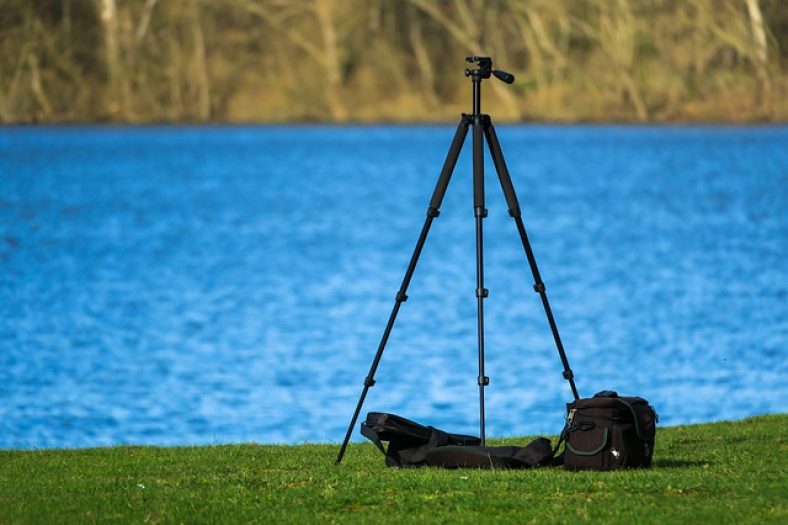Tripods are an excellent tool to have and may significantly help you improve your photography. However, there are plenty of different types of tripods on the market today, ranging from miniature to full-size gadgets in various shapes and sizes. Tripods come in a wide variety of materials, from aluminum to carbon fiber, to suit all budgets.
With modern cameras’ high ISO capabilities and faster shutter speeds, you might wonder why you need a tripod in the first place. Tripods could be useful and effective support depending on your photography genre. If you don’t currently have one and want to add one to your photographic gear bag, this is the step to begin.
This article focuses on several reasons why using a tripod could be advantageous for your photography.
Long-exposure photography ability
A tripod enables you to use a slightly slower shutter speed of up to a few seconds to obtain a longer exposure – this helps to reduce the chances of any motion. Using a tripod for taking a long-exposure photo can let much more lighting into the camera unlike taking a photograph handheld. You can also capture movement in your photographs this way, which you wouldn’t be able to do if you were carrying a camera in your arms. Changes in cloud formations or light trails are good instances.
Ability to easily frame and alter images
When the camera is positioned on the tripod, you’ll see how easy it is to make little adjustments to your framing. There is limited movement if you adjust the camera in either direction.
Aside from these camera-related advantages, another advantage of using a tripod would be that it practically lifts the weight of the camera off your shoulders. A tripod can be used as a reflector or a base for lights in addition to holding your camera.
The kind of photography you perform and your photographic demands will determine whether a tripod is suited for you. Owning a tripod is a tool worth having if you enjoy photographing architecture and landscapes. If tripods are too heavy for you to carry around or aren’t crucial for low-light photography, a monopod is a perfect alternative that is shorter and can also be used as support.
Low-light photography situations
Irrespective of your preferred style of photography, a tripod is an essential bit of kit for photography, especially in low-light conditions. In some situations, you will eventually be unable to hold the camera firmly in your hand. However, employing a tripod will help you a lot.
It offers stability
One of the most important advantages of deploying a tripod is how it gives the camera more steadiness. It also prevents the user from shaking the camera, which is especially important when longer exposure durations are required. If you’re shooting everything from sundown to starry evenings, or the moon, a tripod will come in handy, especially for keeping the camera in place.
In extreme conditions, such as strong winds, a tripod can be very useful. You may produce a steadier shot by mounting your camera on a tripod, which offers much-needed stabilization in stormy conditions.
Additional time to shoot
The entire photography process takes a considerably longer time when you’re using a tripod. Rather than taking fast photographs with your phone, setting up the tripod stand and mounting the camera takes time and effectively gives you more time to take pictures.
In photography, using a tripod allows you to relax and take your time while taking a shot, giving you additional time to frame your image. The extra time spent setting up your tripod might be an investment because it allows you to concentrate more on your photography. As a result, better photographs may develop.
Tripods are an excellent piece of technology for obtaining sharper photographs. One of the most common mistakes new photographers make when photographing in low light is trying to take too many photos handheld, which results in fuzzy images. A tripod will help you get more accurate details.
In conclusion
Tripods are an excellent complement to your camera gear and should be deployed in low-light situations and for photographing longer exposures.
They will assist you by providing additional stability, holding you down while taking photos, and allowing you to frame and capture your shots with minimal movement.
Related Posts:
